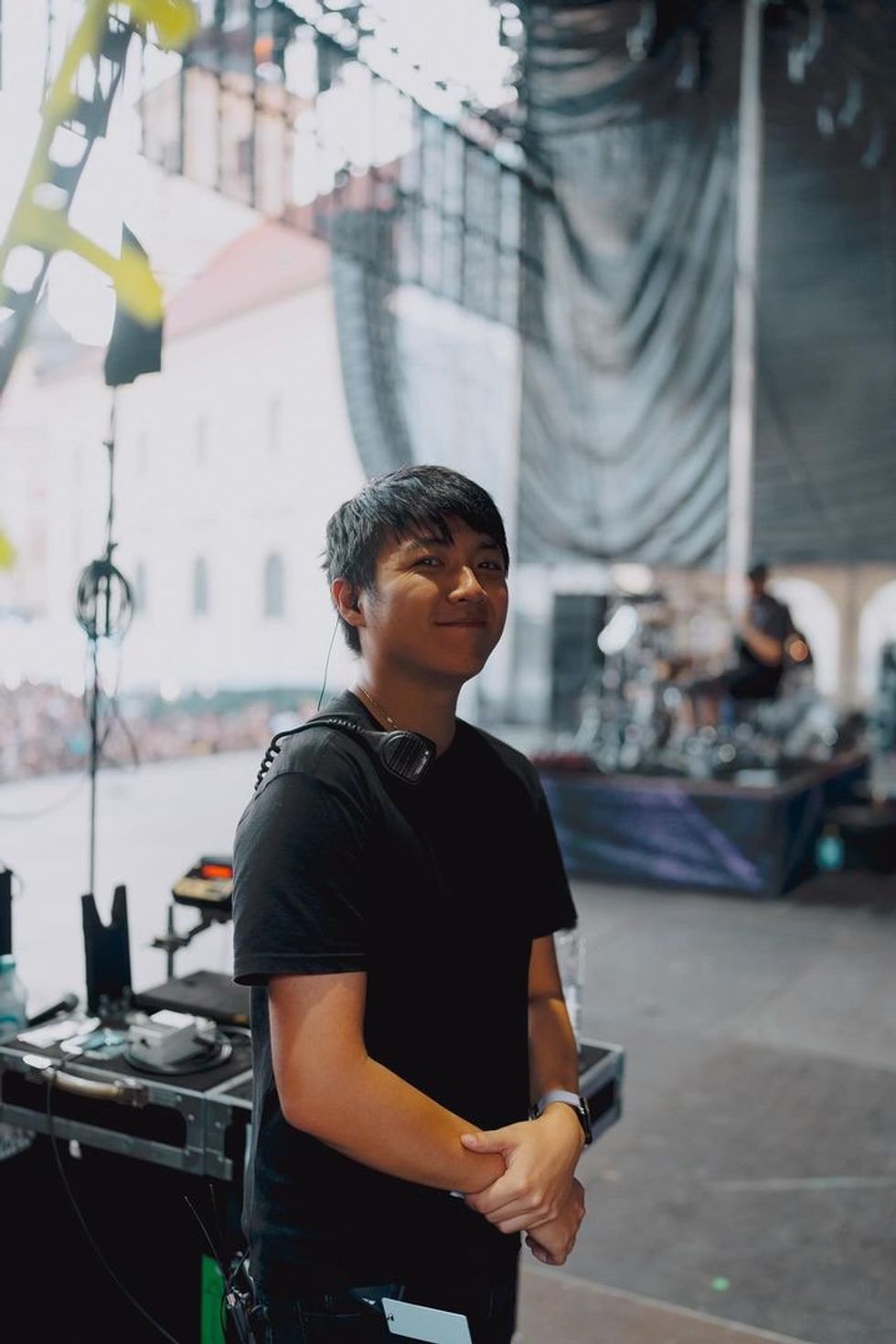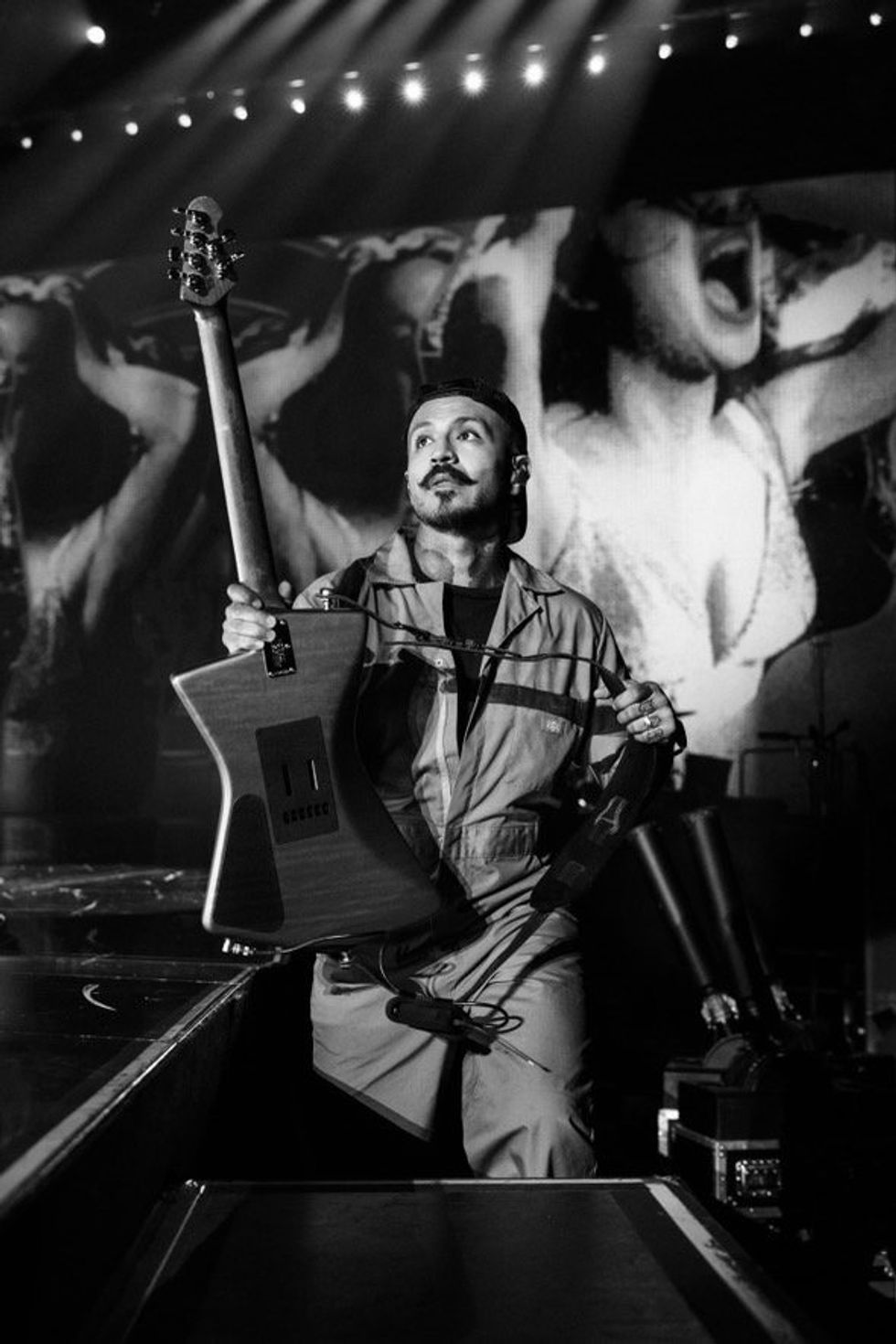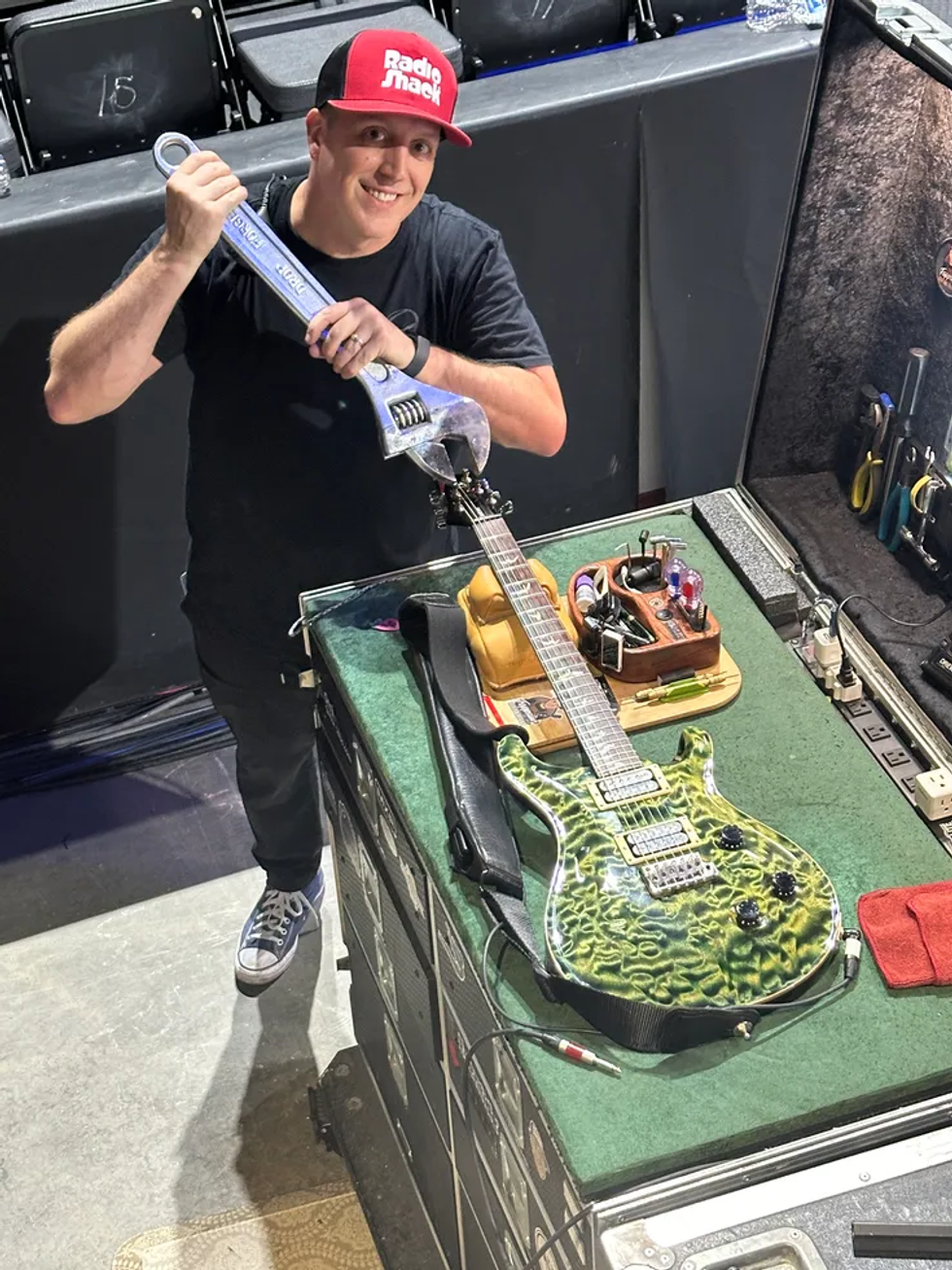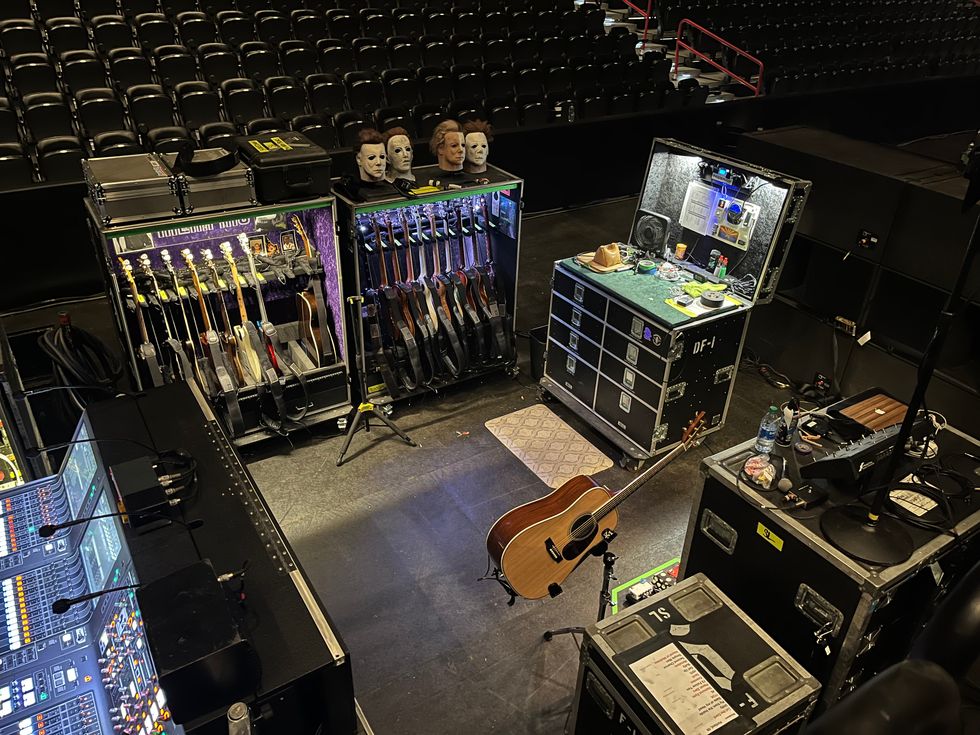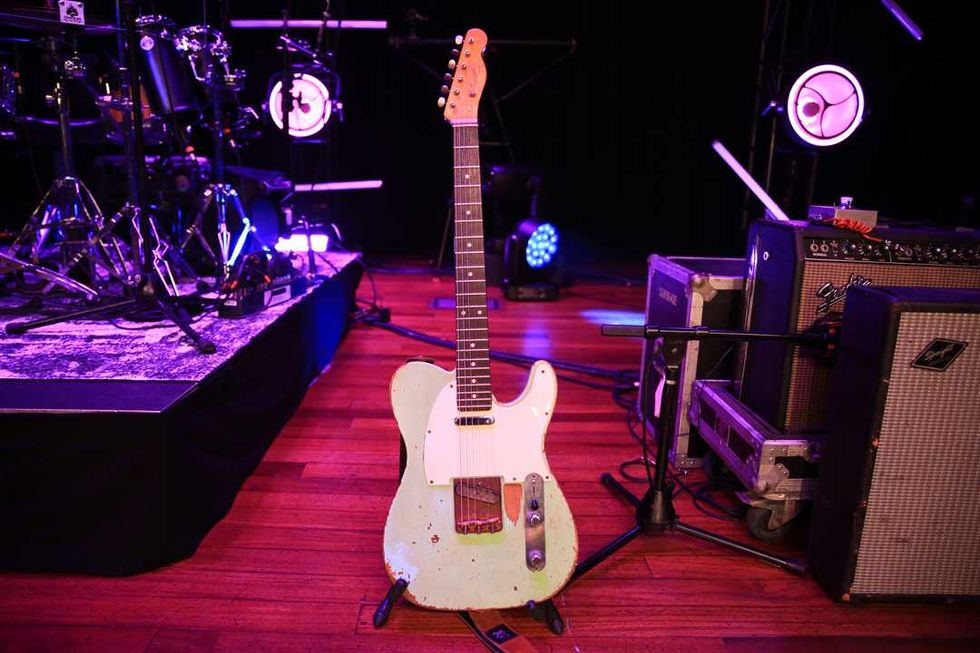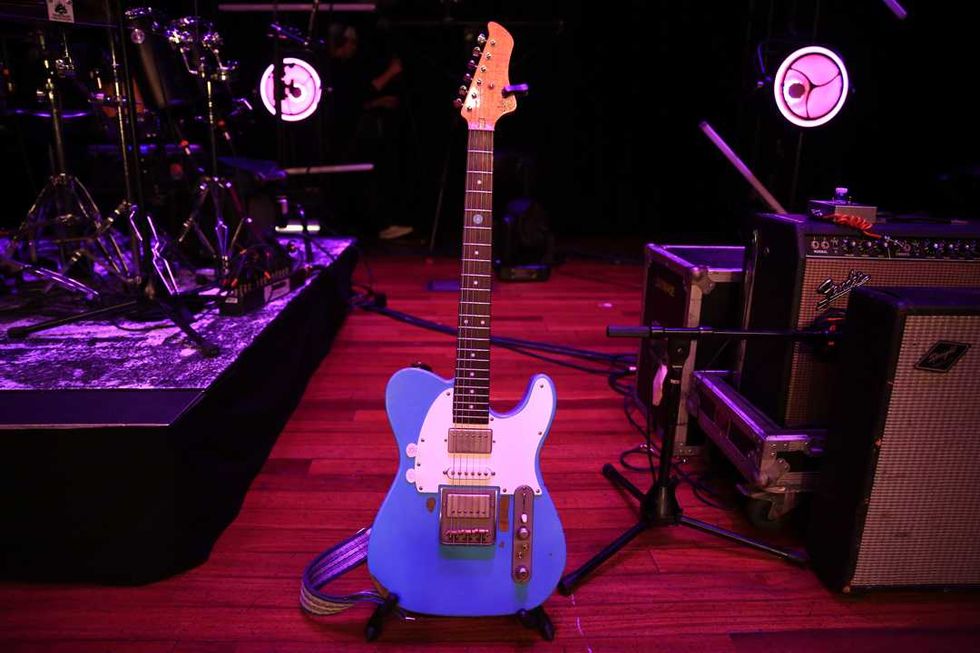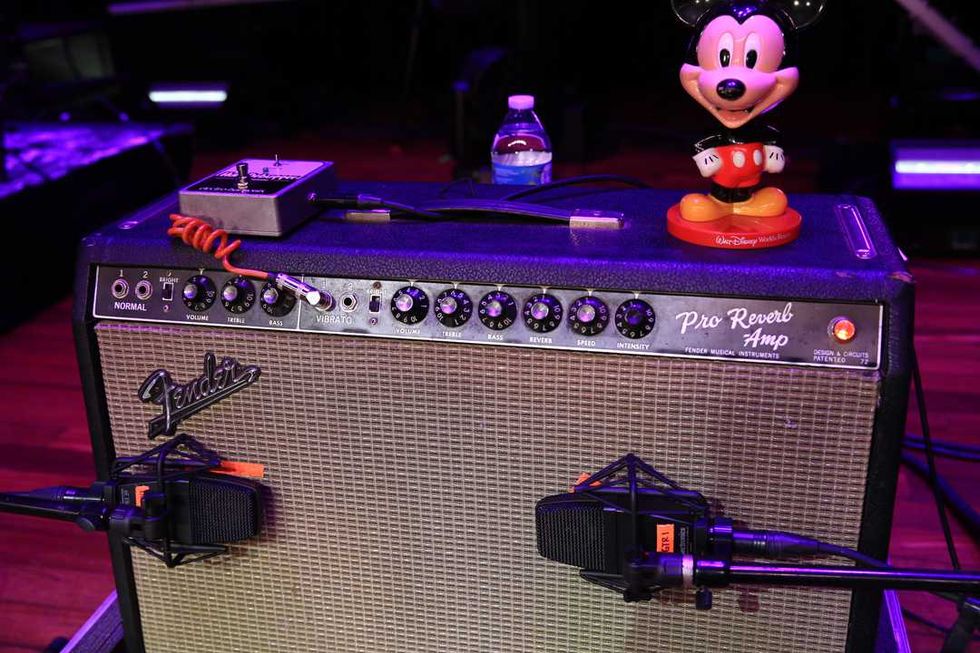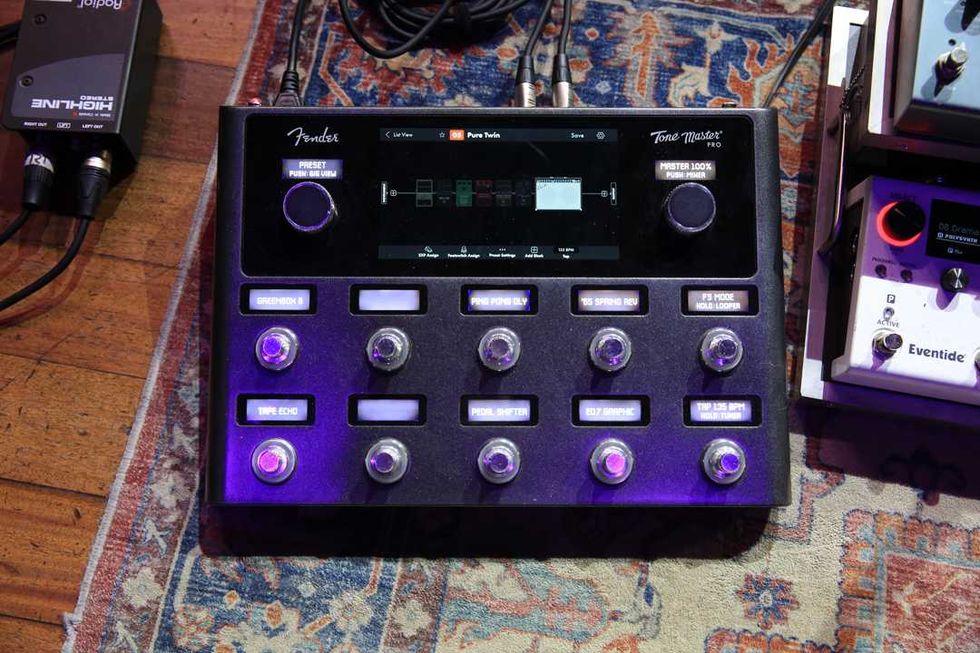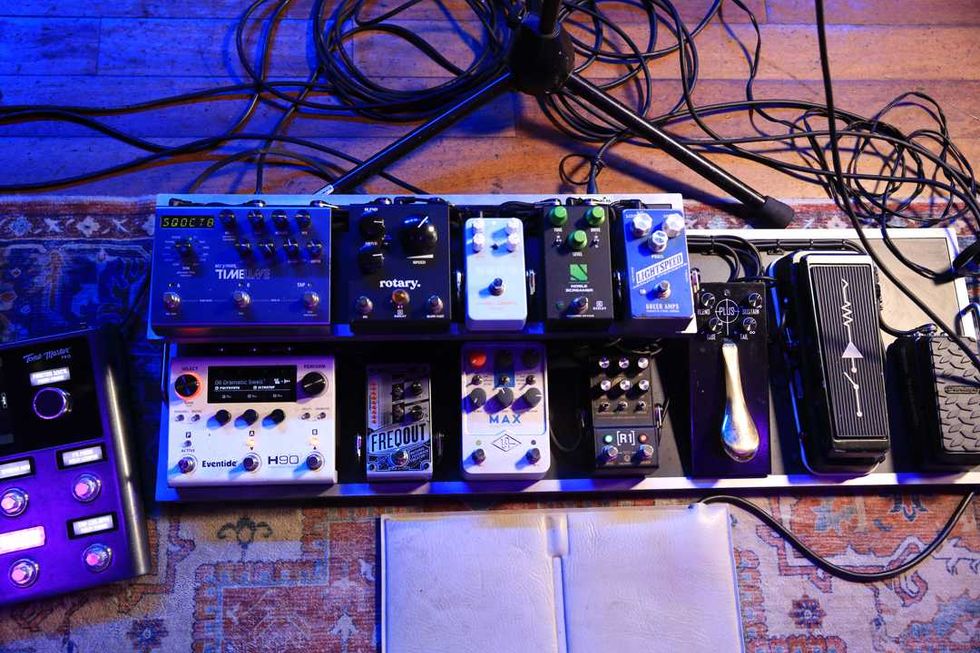Having risen from the ashes of the (formerly) defunct sludge-metal legends Floor, Miami's Torche has been defining its own genre for more than a decade. Unlike the many other bands aping post-Melvins metal since the late '90s, Torche creates their infectious onslaught by combining slack-tuned noise with catchy, high-octane rock 'n' roll. The band returns this year with a triumphantly crushing fourth full-length release, Restarter.
Rife with the churning bombast and saccharine melodies some have labeled “doom-pop," Restarter marks a distinct return to the merciless sonic bludgeoning that characterized the band's early output. While Restarter's heavies weigh more than anything the band has put out in recent memory, the album also displays frontman Steve Brooks' desire to introduce unexpected melody at every opportunity. The album is a testament to Torche's unique and evolving aural personality.
We spoke with frontman/guitarist Brooks and bassist Jonathan Nuñez—who also produced and engineered Restarter out of his Miami studio—about the group's sonic footprint, and what it's like to make a record with band members strewn about the country.
Jonathan, Restarter is the highest profile album to come out of your studio, Pinecrust. You recently closed it down and relocated from Miami to Gainesville. Do you think Restarter is an appropriate swan song for Pinecrust and what you set out to accomplish as a producer and engineer?
Jonathan Nuñez: I think as time goes on you develop your own sound as an engineer, but we also have as a band. I developed my sonic identity here, and the band has expanded and progressed over the years and just about all of that has been done here. Other local bands did some great albums at Pinecrust and it was a wonderful experience, but I'm not necessarily sulking over leaving because I think Gainesville is going to be a great move. It's closer to the other states, and the new room sounds great. I'm teaming up with a dude who also has great equipment and is really kind and courteous. I wouldn't be surprised if we start cranking some new Torche stuff out of here relatively soon.
How does the band stay so active with its members so far flung?
Nuñez: Well, Restarter is actually a year old for us. It was written in two-and-a-half weeks last year. We had a couple of delays with the mix, mastering, and art, so we held off because we felt we'd have a stronger release in the beginning of this year, as opposed to the end of last year. Plus, Steve was busy with Floor.
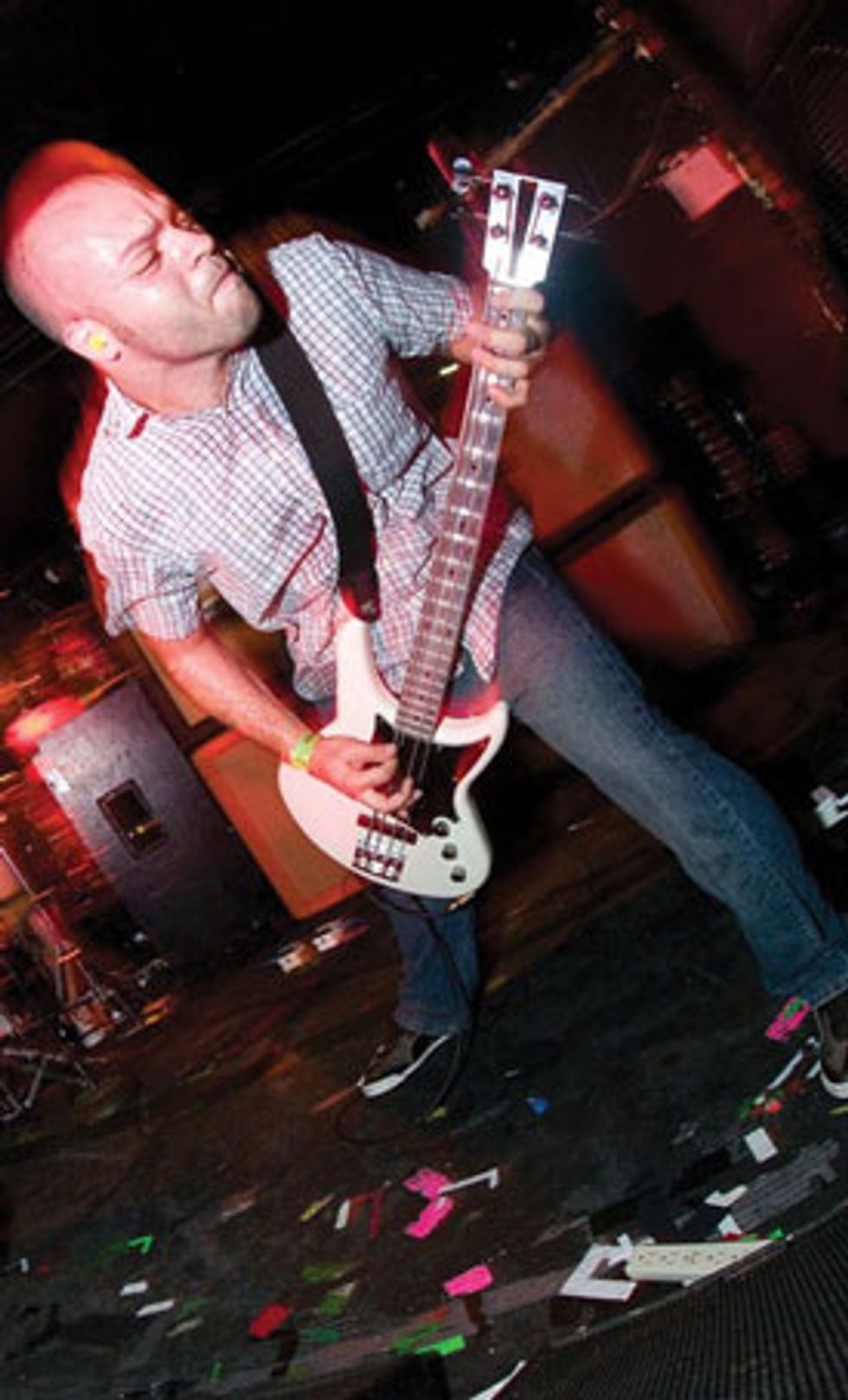
Torche bassist Jonathan Nuñez produced and engineered his band's fourth album, Restarter. The gearhead spent months researching equipment before going into the studio. Photo by Tim Bugbee.
Whenever we get together, we know there's absolutely no time to waste. We're paying for the flights that take Steve from the West Coast out to Miami, and [guitarist] Andrew Elstner either flies or drives down from Atlanta, so we know we have a limited window to work in. We usually have tours booked around that time, so it's a practice/writing, grind-it-out type of scenario when we get together. It makes for a long, relentless day. We stop to eat and take small breaks, but other than that, it's pretty intense. For Andrew in particular, it's a lot. He walked into it at the eight-year mark, so he's had a lot of catching up to do.
Steve Brooks: I don't want to spend too much time away from home [laughs]. So, when we get together for a couple of weeks, it's an intense couple of weeks. Like, 12-hour days or more sometimes.
Does the time pressure work to the band's benefit?
Brooks: Yeah! We've been doing it for a long time, so, it's worked for us thus far. I would eventually like to spend more time with everybody together, but we all live in different places now and we all have our lives to live. When we do get together, we make it happen.
The band had intentions to continue as a trio briefly following Juan Montoya's departure. Has Andrew Elstner's role been fully realized at this point and did he contribute any writing on this album?
Nuñez: He definitely has his own sound and playing style, which cuts well within our sound. Andrew wrote the sci-fi sounding track “Restarter," but this record was mostly Steve and myself, and we put a lot of it together on the spot.
We tend to work really well while on the spot. The vocals were put off a little too long in my opinion, but Steve does pretty well under pressure and he definitely delivered. Everybody certainly brings something to the table, however. We all always have input in what's going on and Andrew wrote some of the songs on Harmonicraft [2012], too. The way we work, most of the time if it's not an entire song written by someone, it's a part or two brought in and we run with it as a group. “Hey look, this riff is cool," and we try to sort something out with it.
Photo by Tim Bugbee.
Because Steve puts such a distinctive stamp on the band, a lot of people probably underestimate the collaborative nature of your music.
Nuñez: Yeah, and that's fine with me. The reason I'm playing in this band is because [drummer] Rick Smith got a phone call from Andy from Robotic Empire Records asking if he wanted to jam with the dude from Floor. It wasn't too clear if it was for a new band or if Floor was going to be touring and just looking for a new drummer, but I told Rick, “Hey man, let me know! I'm down to play!" Because I'm a Floor fan and that's the reason I'm playing with them, you know?
It worked out and we certainly developed our own sound, which I would say started happening during the writing of the first, self-titled album, because some of those early songs were leftover Floor tracks. But songs like “Holy Roar" and “Safe" and a couple of others were written by the original Torche lineup. Steve definitely brings a ton to the table, though. He's a riff machine—I'll say that! And he has his own unique way of going about sporadically laying down demos just mumbling vocals, not even singing anything, and we tend to do a few takes like that and work with it until eventually we end up with what we feel are the perfect vocals for the songs, like you couldn't imagine anything fitting in better! Sometimes that process is super hard and frustrating, and a multiple-day thing, and sometimes it's super easy and a one-take deal.
Steve, who would you cite as influential to your playing?
Brooks: I'm influenced by everything, really. There are so many different players who have influenced me over the years. Lately, it's been '70s and '80s synth music like Gary Numan and even the Human League. Stuff like that inspires a lot of the riffs I write, which in some ways came across in the new Floor record and the new Torche record. The simplicity of Moog synth riffs really inspired some of that stuff. It's just straight-up power.
Are there specific challenges related to tracking and producing your own band, or is it an easy process for you at this point, having worked on so much of Torche's output?
Nuñez: I've definitely been heavily involved in every single thing we've ever put out, especially after the first record. I know what feels right and I very much want to represent the live sound of the band. I've been in the band since the beginning and I think we have a certain sound, a certain sonic identity, and that's what I want to capture on each record. I think it gets better and better each time we go about putting together a new record, so I'm honestly pretty excited.
Steve Brooks' Gear
Guitars
Electrical Guitar Company custom aluminum guitars
Amps
Marshall JCM800 (rehoused by guitarist Gavin Perry of Miami's Holly Hunt)
Emperor 4x12 cab
Effects
DigiTech Hardwire SC-2 Valve Distortion
MXR Phase 90
MXR Carbon Copy Delay
Boss TU-2 Chromatic Tuner
Jonathan Nuñez's Gear
Basses
Electrical Guitar Company custom aluminum bass with Lace Sensor Man O' War pickups
Amps
Mid-'70s Ampeg SVT
Emperor 4x10 and 1x15 cabs with Eminence speakers
Effects
Aguilar Agro Bass Overdrive
Aguilar Tone Hammer Preamp/DI
Aguilar Octamizer
MXR M108 10-band graphic EQ
Brooks: It's really good being able to do it ourselves. We know our sound better than anybody, really.
Speaking of sonic identity, the band's guitar sound has been consistent over the years, but it's absolutely gigantic on Restarter. Do you have a go-to recipe for tracking Torche's guitars?
Nuñez: It's pretty simple, honestly. The first thing is making sure all the guitars are in tune because intonation is priceless [laughs]. For me personally, especially on this record, that guitar sound is the one thing I really, really wanted to capture. Over the two years between Harmonicraft and Restarter, I feel that our sounds have all really changed. Whether it's things like our amp settings, different pedals, different guitars, fooling around with where our tone knobs are, I've changed my pickups—there's just a lot going on.
On the technical side of it, it's a vintage Marshall JCM800, an Emperor 4x12, an Orange 4x12, and Electrical Guitar Company 6-strings. Andrew also built his own Plexi-type head, which we used a bit. For overdubs, I like to use a combination of certain pedals. I tend to do one straight amp sound with an overdrive, and then one with an additional overdrive on it— either something from EarthQuaker Devices or Black Arts Toneworks. There's also this Icelandic company called Pedal Projects—their Owly Booster is incredible! We use some Sovtek and Orange heads, as well.
For recording, I like Heil PR30 mics, which are great for high end and upper midrange. I love the Royer R-121 ribbon mic, and I like the AEA R88 for room mics. You've got to capture the sound of the room because that's really what you're hearing—your ear is not pressed against the actual 4x12 cabinet. All that combined with certain preamps, like the BAE 1073 ... that thing is unreal! The huge, saturated sound from that particular preamp is a big part of the record. Also classic stuff, like Chandler Germanium preamps and Pultec EQs. I was researching and testing equipment at least three months before starting the album, so I really went all-in on this record, and I feel like it reflected in the final sound.
What speakers were the cabs loaded with?
Nuñez: The speakers in the Orange are just U.K.-made Celestion Vintage 30s, and the Emperor is loaded with a combination of Weber's Ceramic 1230s voiced at 55 Hz and their Silver Bells in an X pattern, and I want to say that's the bigger, dirtier, midrange-forward-sounding cabinet. It seems a little less high gain, but it pushes more air and has a little more thump to the sound. The other cabinet we used has a bit of a dip in the mids and is a little more high-gain and modern, and adds a little more sheen to the sound. It's also loaded with the Weber Ceramic 1230s voiced for 55 Hz, but instead of the Silver Bells, it has the Ceramic 1265s in an X pattern.
I'm a huge fan of Weber speakers. I think they have tons of energy and high-end detail, and their saturation is great. The more you play through them, the more they break in. I think they make the perfect guitar speaker.
The bass sound is remarkably distinct amid the band's thick wall of guitars. What did you use to get that sound?
Nuñez: It was my Electrical Guitar Company bass. I'm unsure of the actual model name, but it might soon become my artist model or a series version. I'm not sure if it's their Series 1 or Series 2—I'm really bad with that. It's loaded with Lace's Jazz bass-style pickups, the Man O' Wars, and those pickups are incredible. I actually switched from active to passive with these. I'm actually rolling my tone knob three-fourths of the way down because they're so responsive. I run that bass into an Aguilar Agro pedal into an Aguilar Tone Hammer and then an MXR 10-band EQ, which goes into my mid-'70s Ampeg SVT, which runs into an Emperor 4x10 and an Emperor 1x15, which I'm pretty sure are loaded with Eminence Legend speakers.
Was it a conscious decision to return to the heavier material that the band cut its teeth on?
Nuñez: It naturally came out. What I think hinted at us going back to the heavier stuff was the Harmonslaught 7-inch we did, which had “Rock N Roll Mantasy" and “Harmonslaught" and those are way heavier than anything on Harmonicraft. It just felt good, and playing those songs live, there's a certain feeling being in front of an amp that's raging loudly at you and sonically massaging you, and the power and pace and tempo of it—I think that had everything to do with how the new record turned out.
Brooks: I don't think we've really changed that much, even from the last record. We write heavier songs and we write not-so-heavy songs—we kind of go back and forth all the time. We're just moving forward and there are different vibes to different records—this record just ended up being heavier than the last one.
blobby tone." —Jonathan Nuñez
Did you work closely with Kurt Ballou [Converge, Godcity Studios] on the album's mix?
Nuñez: We worked really closely on this one. We were texting and on the phone back and forth constantly throughout the mixing process. This record wasn't easy for anyone involved. Between fighting with the drums, which were tuned as low as possible, and tracking everything how we really wanted it—it was a serious task. With Harmonicraft, Kurt just made everything sound better. I delivered very different sounding tracks on that record—tighter, brighter, more airy. These new tracks had a ton of weight and saturation and I think he may have initially misinterpreted it and thought we were going for the Harmonicraft sound again, but this was a whole different beast. He was initially chopping off some of the weight here and there and that was what we'd been going for—that's what we worked really hard to get. We went through at least five or six mixes over a really long time, and we also did a ton of masters. Alan Douches really brought back some of the initial rawness to the record with his masters. He was incredible. He really got the energy and the size of it.
Considering the atypical tuning and bomb notes you use, what strings do you prefer?
Brooks: We play around with different gauge strings and it depends on the guitar, but we use heavier gauge strings to keep things in tune and from wobbling too much. But most of it's standard tuning, it's just the top strings have to be heavier because I don't use a baritone guitar or anything, so they're heavier gauge to keep it in control.
Nuñez: The first time I went to practice with Torche, I had my bass tuned to dropped-A or something like that, and when I got to practice Steve was like, “No dude. The bass is tuned standard. That's what keeps it warm and tight!" Other than the open bomb note, I actually tune standard, which I'm totally into because it doesn't have that saggy, nu-metal, blobby tone. It's not just an undecipherable sub-low end. I EQ my amp and do some stuff with my pedals to accentuate the low end, but it's much tighter and I think it provides a lot more energy and clarity for the band's sound. I use Cleartone .105 gauge bass string sets.
YouTube It
In this live clip from a gig in Dallas earlier this year, Torche plays two tracks—“Harmonslaught" and “Tarpit Carnivore"—that illustrate their unique brand of melodic destruction.
I know the band's proprietary tuning is still moderately classified. Is it something you'd be willing to talk about?
Nuñez: It's pretty easy, actually, but we're not running around trying to tell people how to do it. People have to work for it: Do some research and figure out your own sound! [Laughs.] We go about things a specific way and it's actually different from the tuning that Floor uses. But you can't let everything out of the bag, you know what I mean?
Brooks: It's just kind of ridiculous. It's basically a broken string, so I don't want anyone to get too carried away with over-analyzing what it is. It's one small thing we do with our sound that there's just too much conversation about. I've told the story of how we came up with it a million times and I kind of want the music to speak for itself, rather than instructing anyone else how to do it.
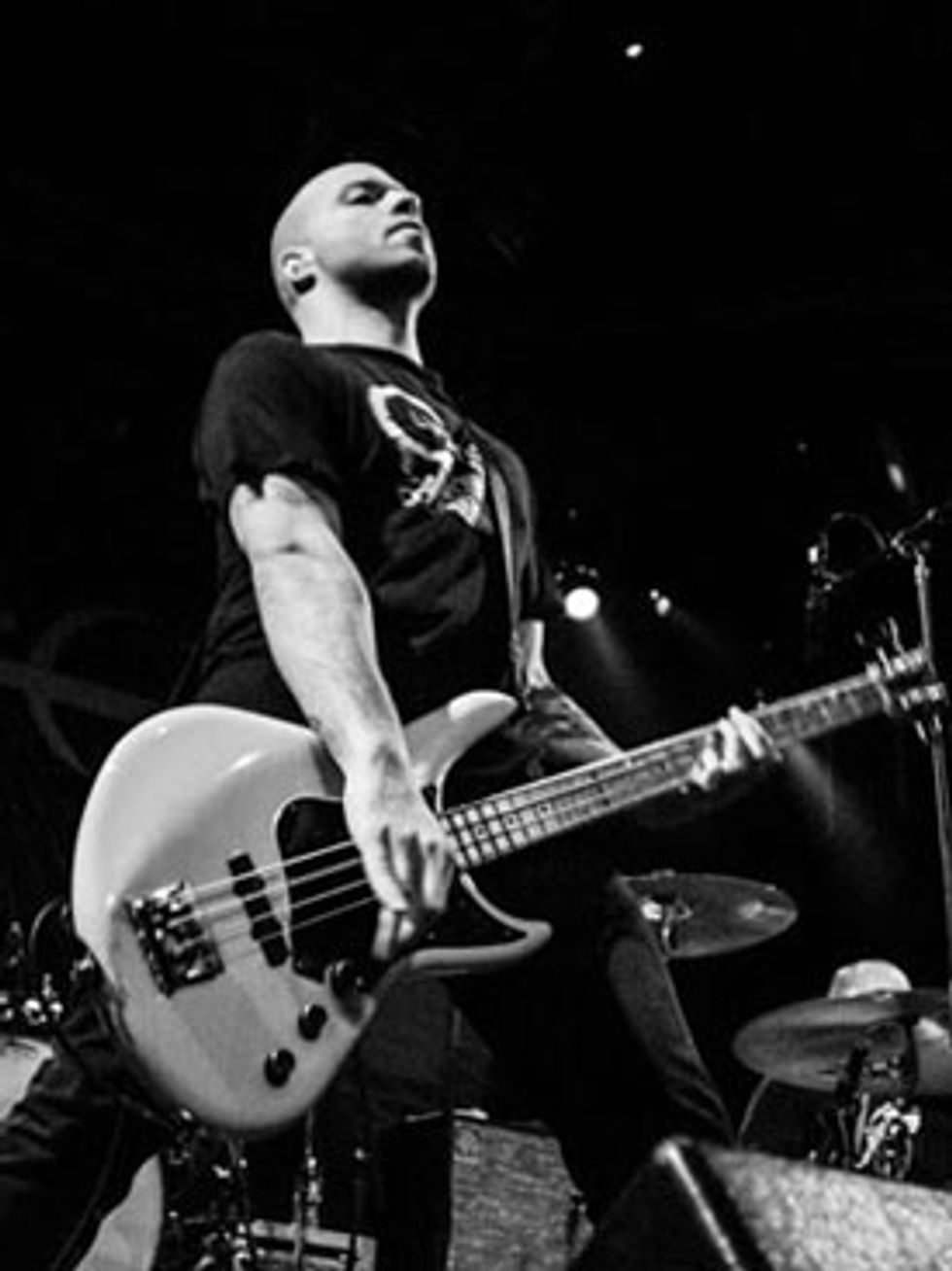
Bastard Sounds
In the studio, an improvised idea can sometimes create sonic magic. This is what happened when Torche bassist and producer Jonathan Nuñez decided to do some additional tracking for Restarter at the studio of Frank “Rat Bastard" Falestra, a proper legend in avant-noise music circles and a hero to Miami's music community. Rat, as he's best known, helped Torche inject even more depth into the already massive-sounding Restarter.
Nuñez began by conducting extensive research with Rat's audio equipment to find the right gear for the new album. Then Torche did some drum and percussion overdubs using Rat's Moog and Korg synths on the track “Restarter." But it's what happens in the last part of “Annihilation Affair" that's the unexpected happy accident.
“There's a harsh noise at the end of the track—I just felt like it needed something ... something screeching or shrapnel-sounding," Nuñez recalls. “Rick [Smith] was finishing his last drum overdubs and I was looking around the studio. I remembered Rat had an electric violin and thought, 'Oh shit! This might be perfect.' And the fact that I can't play violin made it even better." Nunez ran the electric violin into an MXR overdrive, a Vox wah pedal, and a Fulltone Tape Echo, and then fed the signal into an Orange combo amp, set to grind.
“Whatever happened, I wanted to capture it, because that's very much Rat's thing: He wants to capture bands playing live in their element in his apartment/studio. It was just fun, really. Playing with the feedback, making those shrieking sounds with the bow and not really properly knowing how to play the violin—but knowing what I wanted to get out of it. The energy in the room was great and everyone was so excited, so we just ran with it. It's one of those things that just lined up perfectly. I feel like that's what that track needed. A guitar wouldn't have given the same result, you know?"
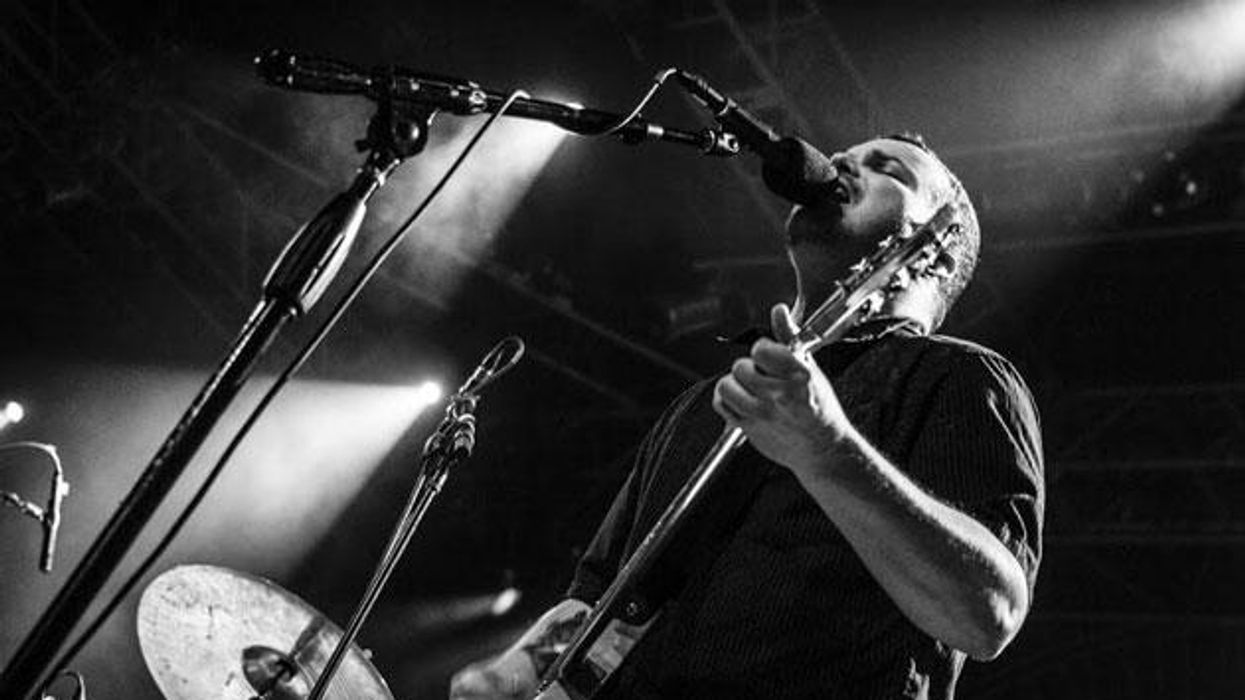
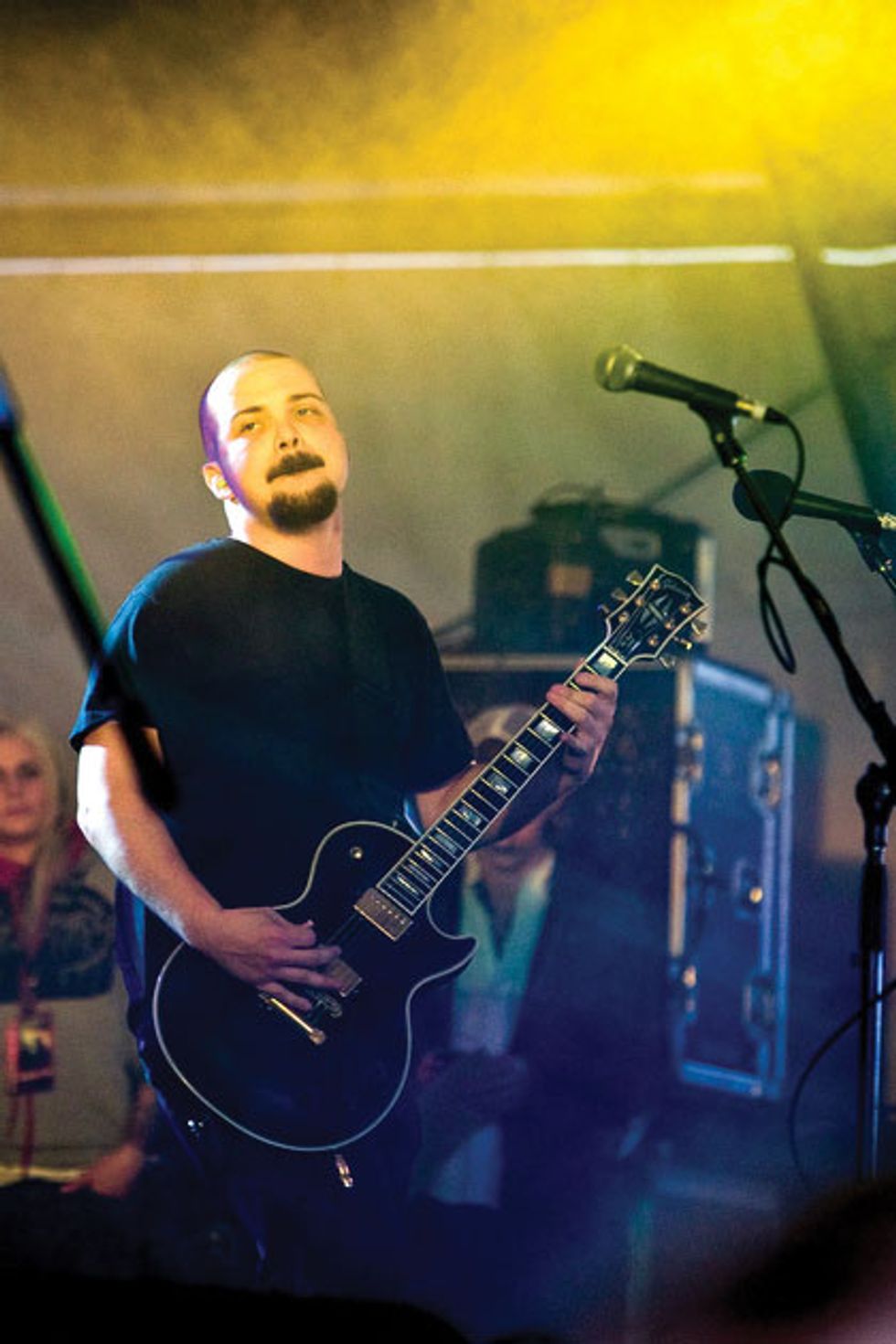
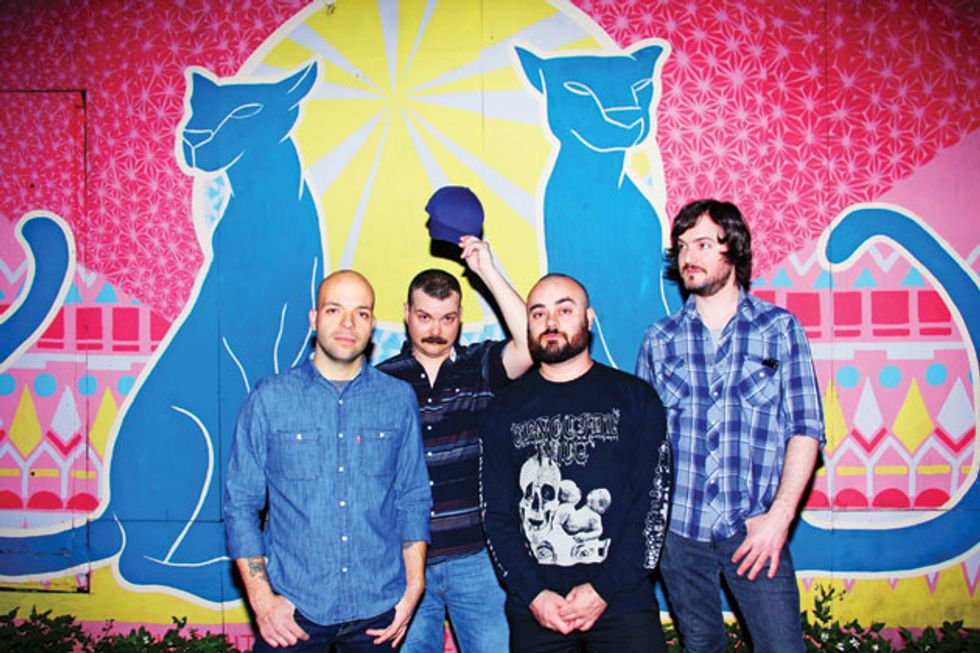










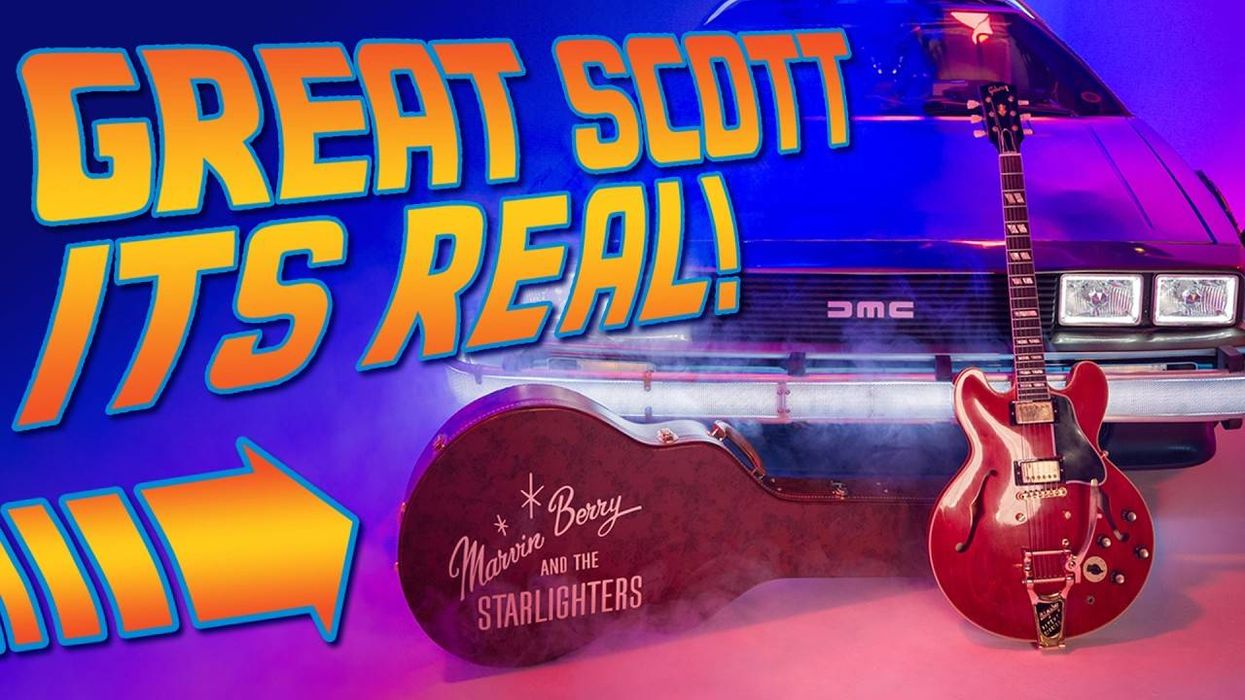

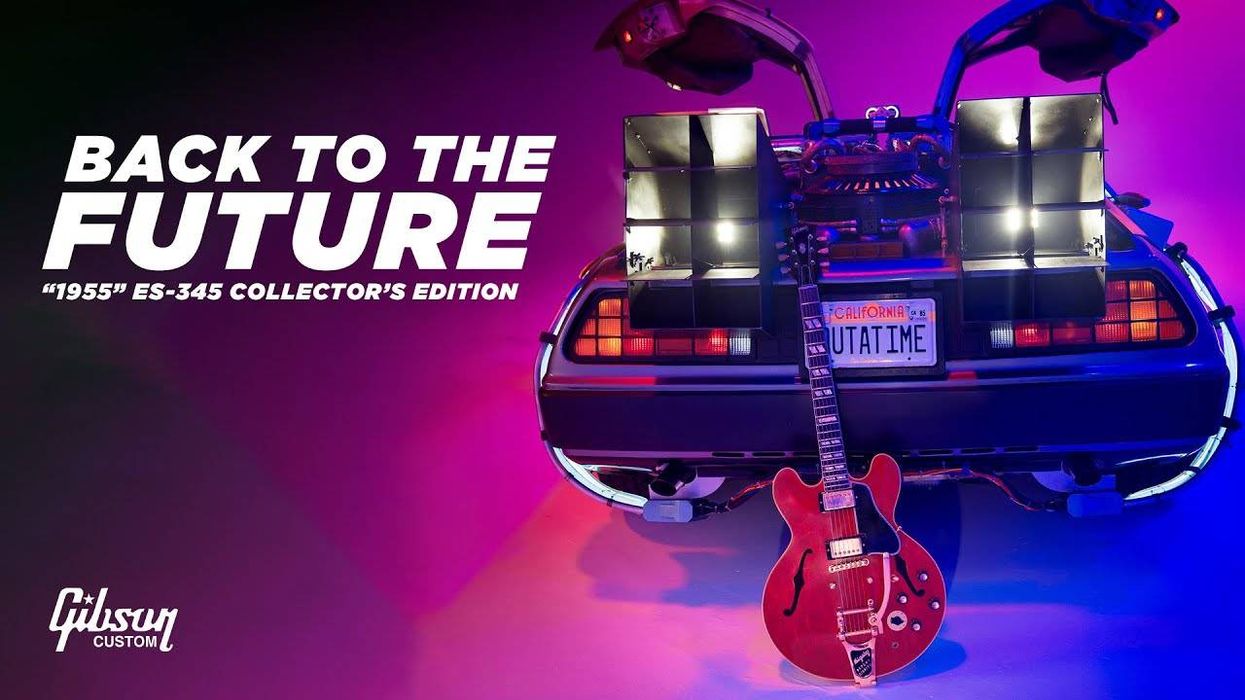
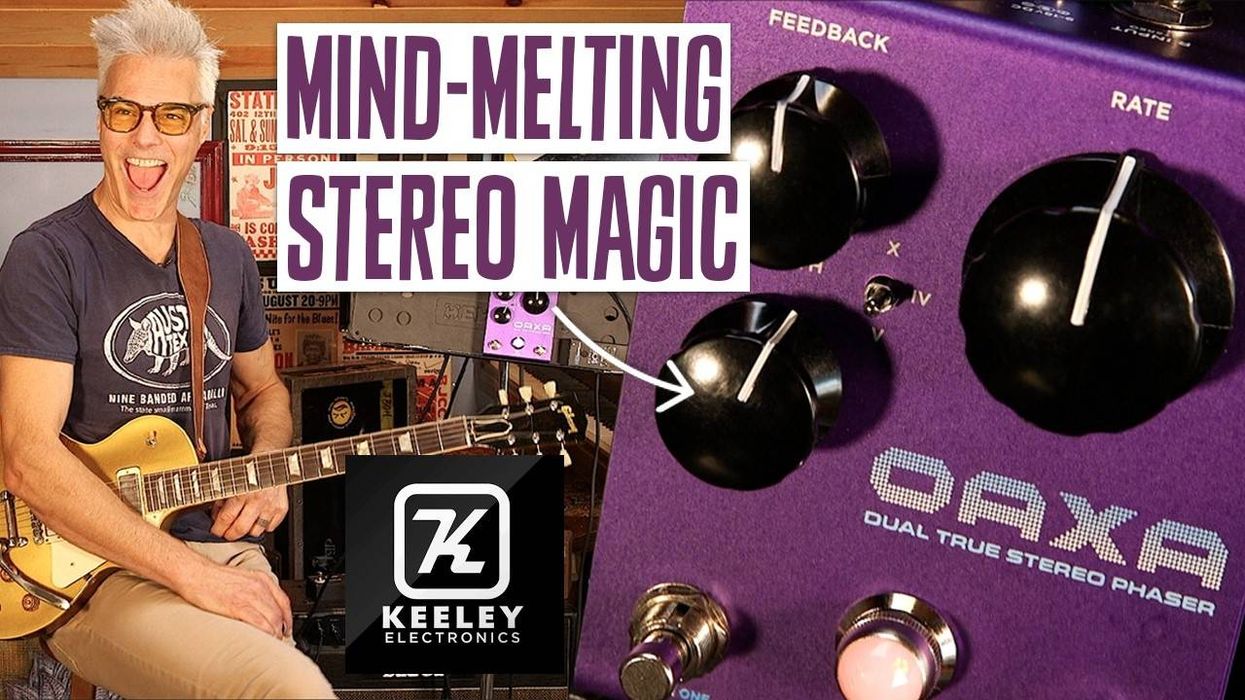
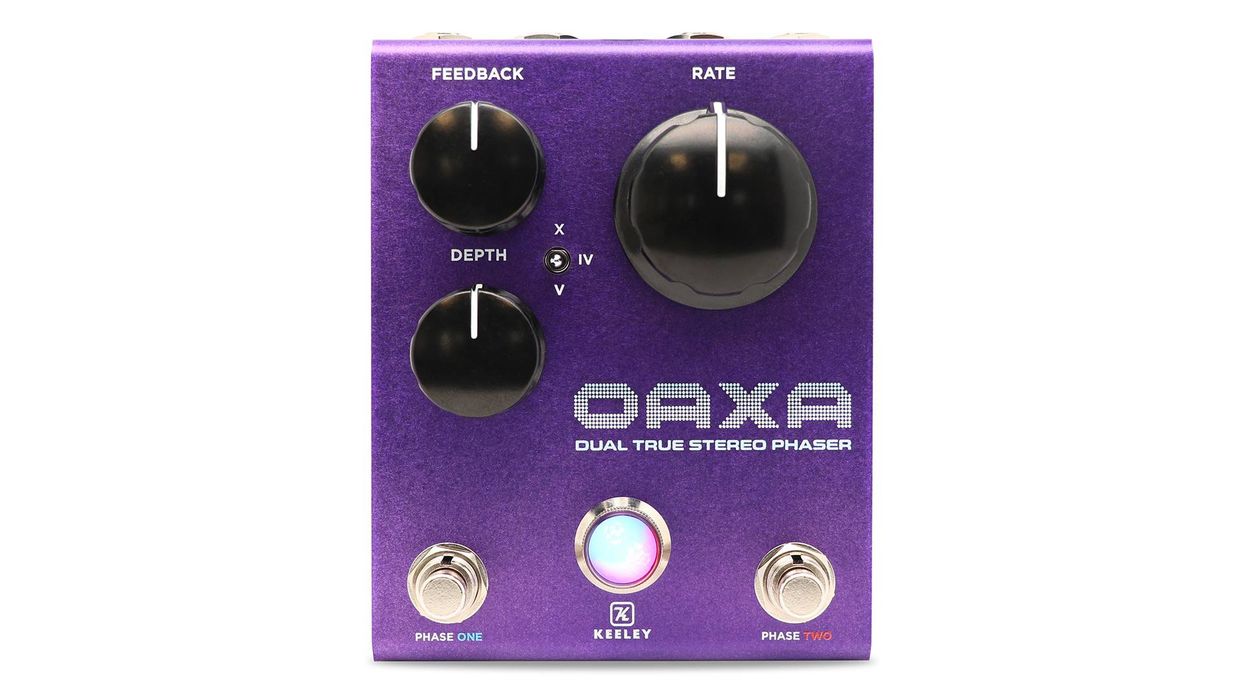
![Devon Eisenbarger [Katy Perry] Rig Rundown](https://www.premierguitar.com/media-library/youtube.jpg?id=61774583&width=1245&height=700&quality=70&coordinates=0%2C0%2C0%2C0)







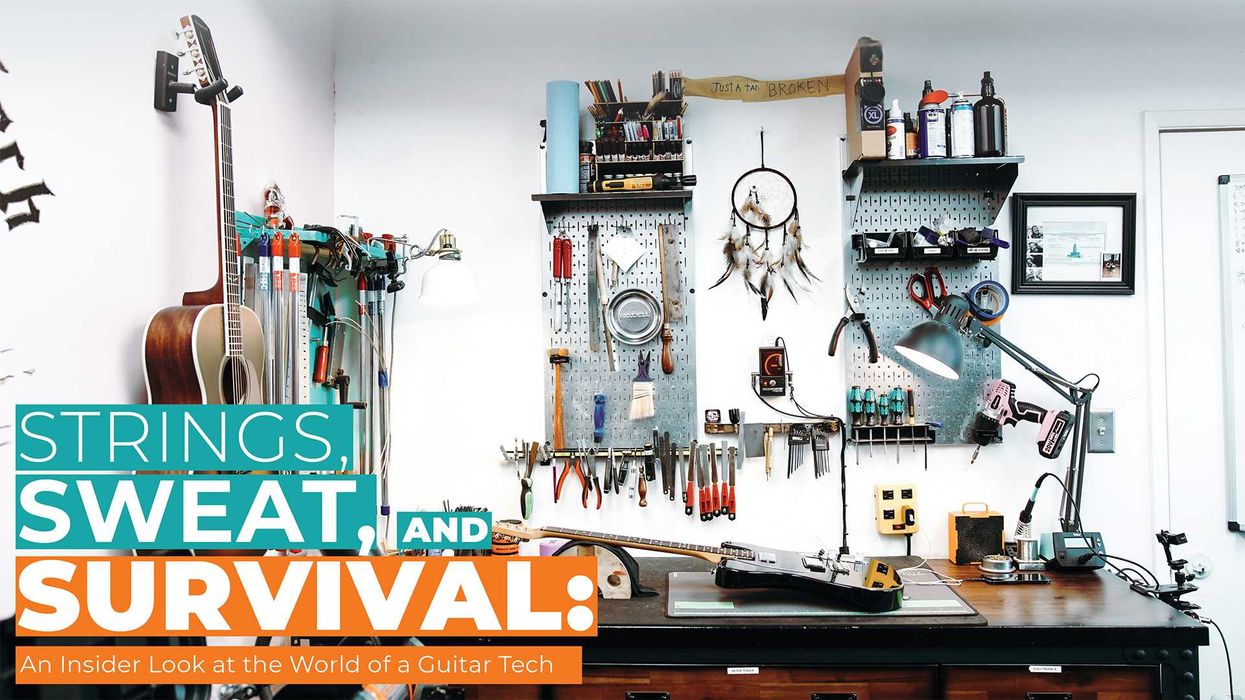
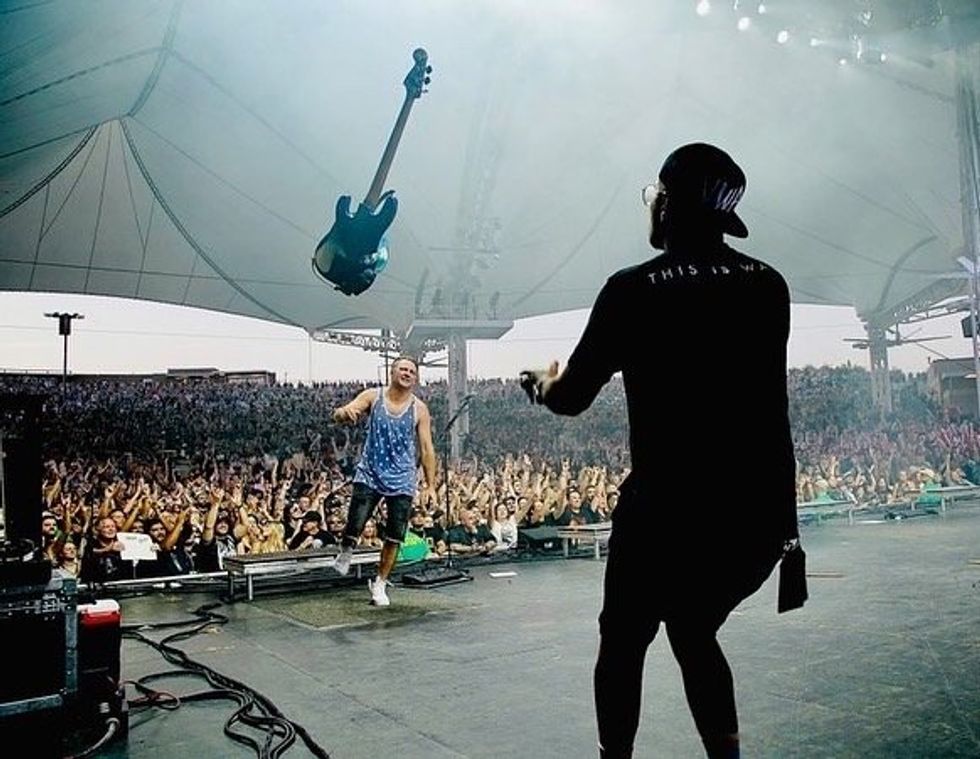 Luis Munoz makes the catch.
Luis Munoz makes the catch.